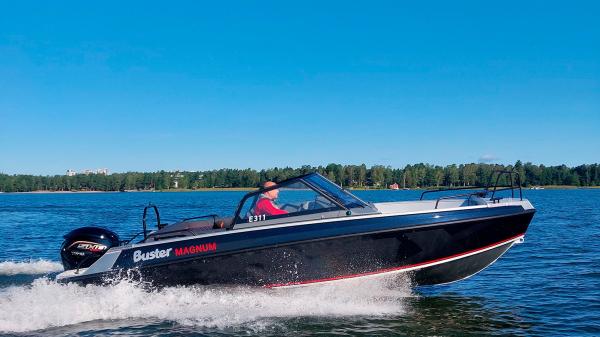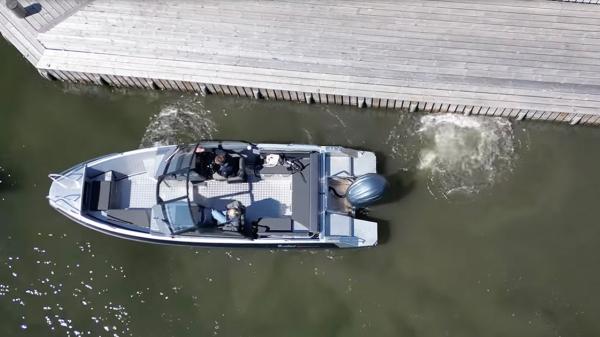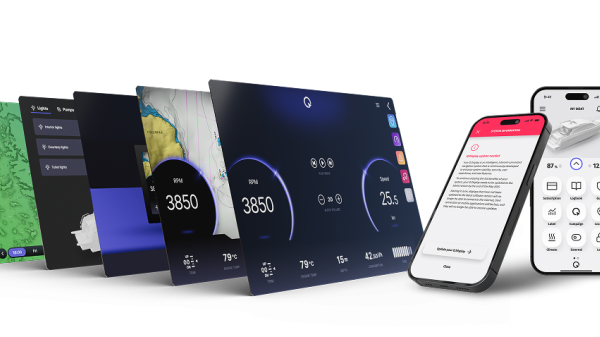23.3.2022
Buster designers prioritise safety and performance
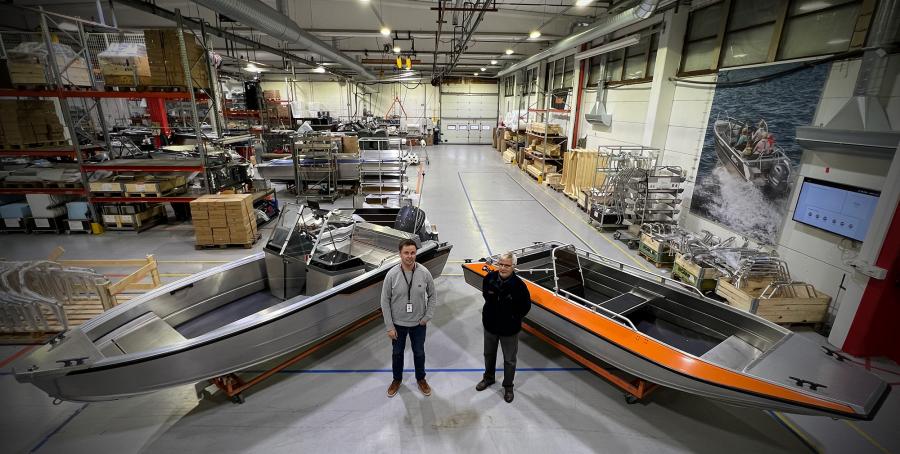
What to old and new Buster boats share in common?
Side by side on the floor of the Buster factory are two of the most popular aluminium boats in the Nordic region: a Buster RS designed in 1985 and its successor, the Buster M, from just over a decade later.
The Buster M has since been updated many times, and the factory in Ähtäri is now manufacturing fifth-generation models. Even though production of the Buster RS ended already 25 years ago, it is still greatly appreciated and in high demand on the used market.
Can the two boats from different decades be identified as close relatives to each other? Naturally, they both share in common the fact that they are made of aluminium and unsinkable. They are also quite similar in appearance, the most obvious difference being the twin consoles of the newer Buster M2, which protect the entire aft section, compared to the single console and relatively small windscreen on the older RS.
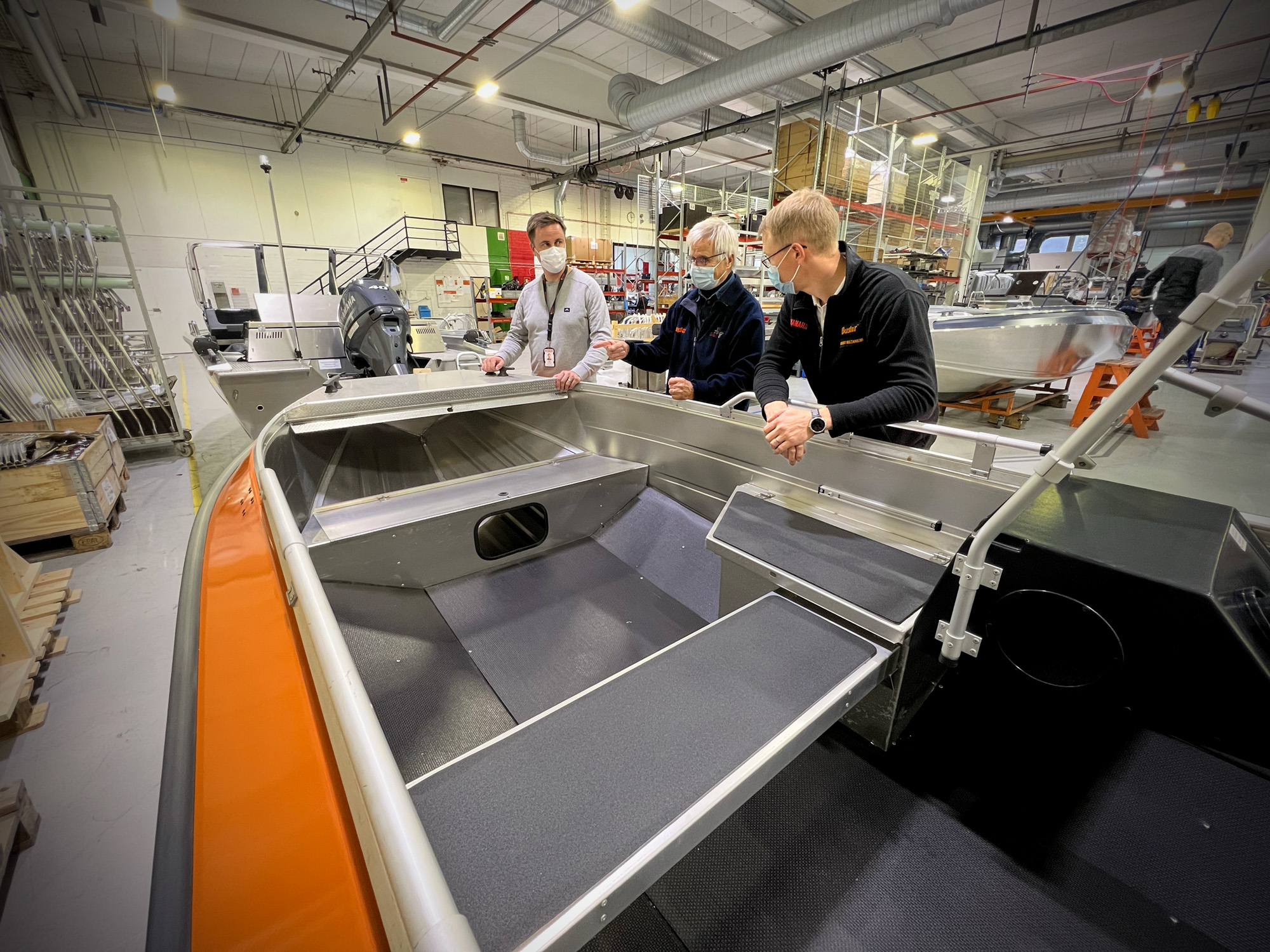
“We have always said that our boats should be recognisable as Busters even in dark conditions,” says Kimmo Multaniemi, Production Manager at Buster.
Multaniemi is joined in examining the details of the two boats by Aleksi Juusti, who joined Buster’s product development team in 2015, and Antti Hietaharju, Buster’s chief designer until his retirement 20 years ago. Hietaharju remembers clearly the design brief for the Buster RS and also its successor, the Buster M.
“The RS really was a great boat, and it was in production for a long time as a result. The boat was light, so it could be pulled by a small car, and it could be launched and pulled out of the water by a single person. And it was still able to carry five-six persons,” Hietaharju explains.
The Buster RS was indeed the superior product in its class at the time, and customers obviously thought it was good value for money too, as around 30,000 units were sold in the Nordic countries.
Despite its excellent qualities, Buster’s designers recognised that the RS was wet and hard to drive; when the blunt bow hit a wave, water would splash up and into the boat.
“We wanted to change this particular characteristic, so with the Buster M we redesigned the curve of the bow and gave a variable angle to the keel. We also wanted the boat to be self-emptying, so we gave it higher sides,” Hietaharju adds.
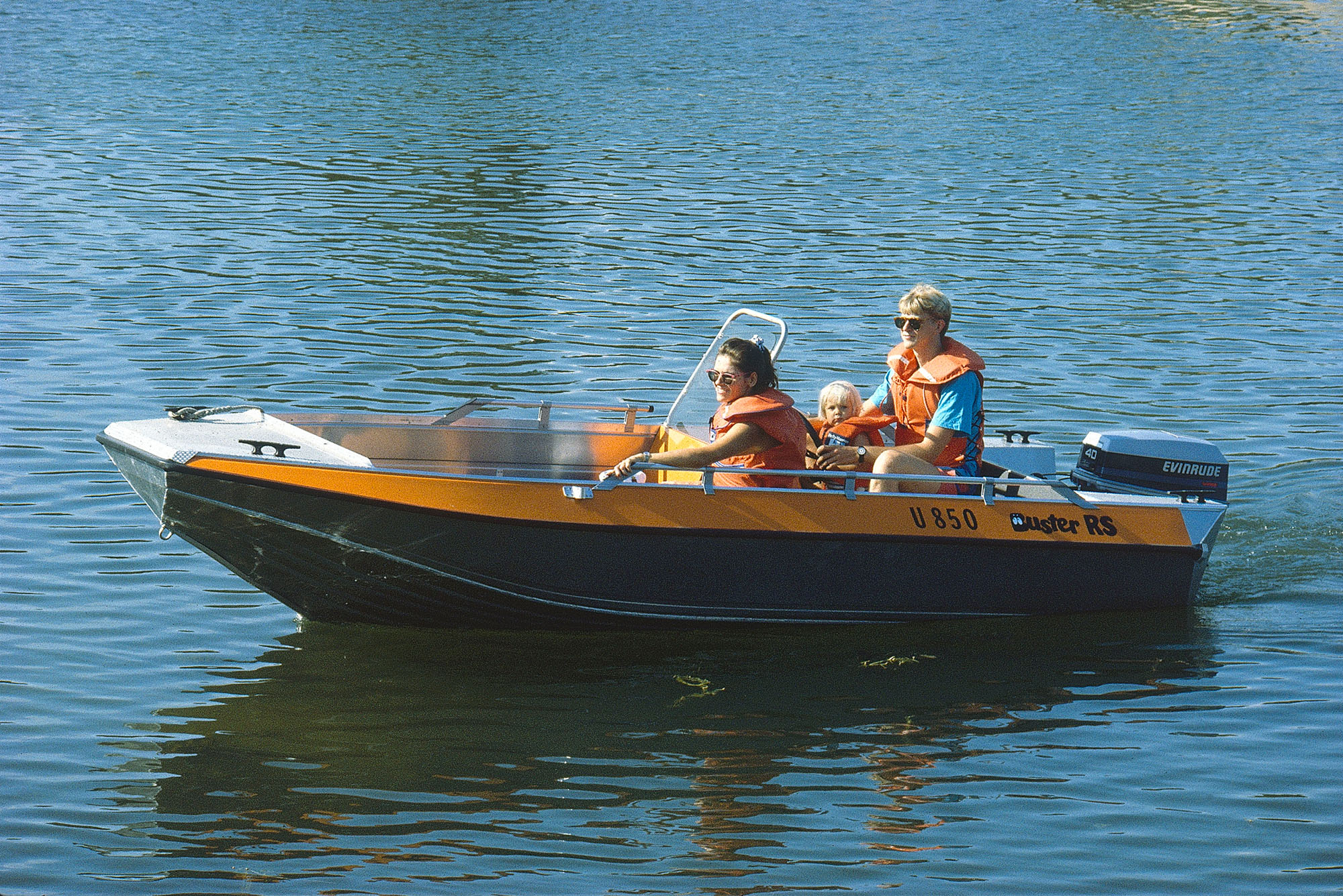
Design and manufacturing tools have changed
The designer’s desk in the 2020s is very different compared to three decades earlier. New technologies have been introduced for both designing and manufacturing. These days, computer modelling is used to provide a very realistic sketch of the new boat already at an early stage.
Flow modeling helps in the design of the hull, while the calculation and optimization of load-bearing structures use FEM (finite element method) software and experts in the field. In addition, the load-bearing capacity of the boats is carefully checked during the hull design phase.
Buster’s production facilities also benefit from highly advanced tools that could hardly have been dreamed about 20 years ago. The most important tools used by Buster’s certified welders include advanced Kemppi X8 MIG welding machines and a Yaskawa welding robot that is used to assemble tailboards and tanks.
Nevertheless, a significant portion of the work is still literally in the hands of the designer; the lines of new Buster boats are not created by computers alone.
“Even though we use impressive computer software, the initial lines of the boat's hull, for example, must be precisely defined by the designer from the outset. These lines will then be further processed and analysed with flow models. This gives a good result with as few inspection rounds as possible. Even current hull shapes are often based on proven models that were designed long before modern flow modeling was used. They have only been made better with new technology,” says Aleksi Juusti.
“A good designer already has a feel for the boat’s handling characteristics when drawing its lines. For example, when we wanted to reduce the amount of lean of the Buster Magnum and Buster XL in curves, we made the bilge profile on the next model less steep already in the design stage,” Hietaharju illustrates.
Designing a safe boating experience
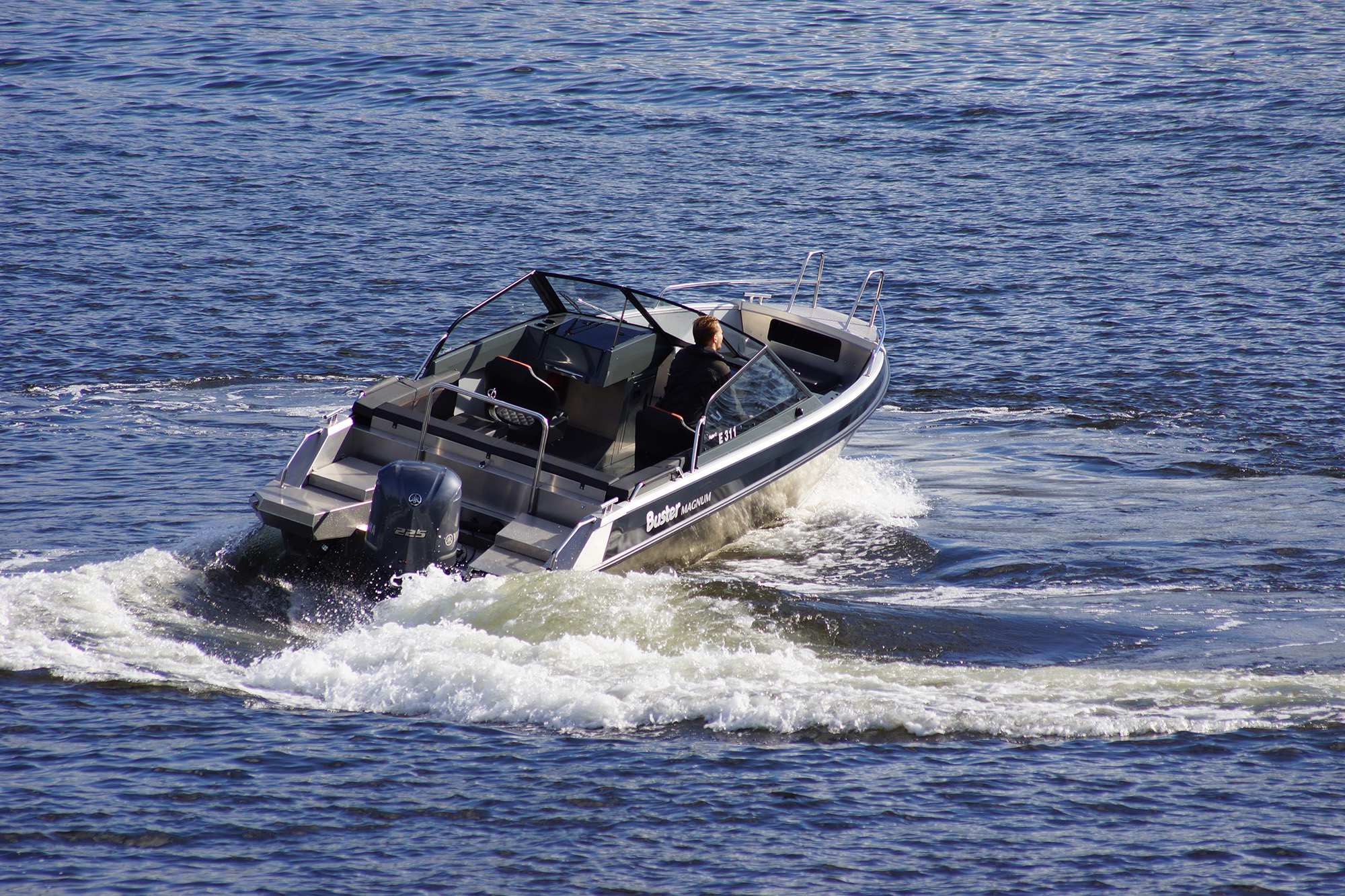
Kalle Kanerva, Manager, New Product Development, emphasises that the main objective of Buster designers is a safe boating experience. Buster boats are made for a wide range of customers, including those who commute by boat to their summer cottage, those who like to fish and those who enjoy touring, and each customer should be able to use their boat safely in different conditions.
“Stability and buoyancy are key factors that cannot be left to guesswork. Even if a boat could operate with a larger outboard, the handling could be more unpredictable in certain circumstances if there is too much power,” Kanerva says.
For this reason, new models undergo 100 to 200 hours of testing in varying weather and wave conditions. Even though the optimal engine power is known already in the design stage, boats are also tested with the next level of outboards. Ultimately, maximum engine power is not determined by the strength of the tailboard but by the intended purpose of the boat and the pursuit of good and consistent handling characteristics.
Testing is particularly important for fast boats. This work is very systematic: all boats are put through the same test programme in order to study their use and handling characteristics.
The requirements of boats, for example, for the duration of the load have increased. At the same time, engine power has risen and customers are increasingly demanding driving behavior.
“Boats should be easy and, above all, safe to use in the desired conditions. In recent years, a good thing has been the good cooperation with Yamaha. This has helped, for example, in the design of engine rooms and the development of best driving behavior. Now we can design a package that works best with Yamaha engines, ” says Aleksi Juusti.
